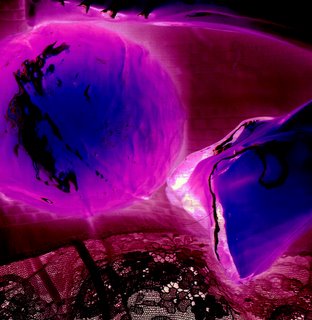
Com frequência regular faço conferências, cursos e consultas em vários locais do país.
O próximo é em Cascais.
Depois tenho outro dia 12 de Outubro. Em Lisboa, num prédio pombalino da Baixa: Restaurante Tao.
Na Rua dos Douradores, 10, mesmo ao pé da Rua da Conceição.
Tenho outras para o Algarve.
E se você quiser podemos chegar a acordo para eu ir fazer uma conferência ou curso na sua terra, na sua loja ou na sua escola.
Pois adoro trabalhar em viagem, como fiz sempre durante os tempos no jornalismo, no cinema ou na moda.
Mas falemos da que nos está mais próxima no tempo:
Dia 27 de Setembro de 2005, terça-feira, às 19 horas
Conferência sobre o tema:
Conferência sobre o tema:
A Tal Pandemia
Vamos falar sobre a tal gripe das aves e outras gripes, como nos mantermos um péssimo caldo de cultura para virus, bactérias e outros que tais ;-) Ou seja mantermo-nos saudáveis.As vacinas valerão a pena?
Como pode melhorar o seu sistema imunitário com normas de vida e até com a comida.
E por isto no dia seguinte fazemos um curso de cozinha exactamente para isso.
Só podemos aceitar 12 pessoas para o curso. Porém pode convidar quem quiser para jantar conosco. Mas marque antes, por favor.
Informe-se, marque e inscreva-se no Restaurante Paradox em Cascais.
É mesmo em frente à Rodoviária que existe por baixo do Cascais Vila.Mas na rua, não no centro comercial. Olhe para o prédio em frente. No 1º andar verá um cartaz enorme em verde a dizer Paradox.
Se vier da estação dos comboios basta atravessar o túnel que a liga à rodoviária, sair desta e já chegou. Nem de um chapeu de chuva precisaria se estivesse a chover!
No dia 28, quarta feira, entre as 19 h e as 22 temos um
Curso de Cozinha Vegetariana
(respeitando as normas vegan, koscher e macrobióticas)
Curso de Cozinha Vegetariana
(respeitando as normas vegan, koscher e macrobióticas)
Porque de certeza você já sabe muito bem cozinhar com ovos e lacticínios e não precisa de vir aprender isso comigo.
O que lhe falta é saber fazer
comida que
sabe bem e faz bem
só com ingredientes vegetais.
Porque isto de mudar para vegetariano não é só deixar de comer carne e peixe.
Pois ficaria uma dieta desequilibradíssima.
E agora pasmemo-nos:comida que
sabe bem e faz bem
só com ingredientes vegetais.
Porque isto de mudar para vegetariano não é só deixar de comer carne e peixe.
Pois ficaria uma dieta desequilibradíssima.
A grande maioria dos vegetarianos tem problemas por comer excesso de produto... animal. Lembremo-nos que queijos, leite e ovos são de origem animal.
Há uma forma muito simples para verificar isso em si:
Olhe os seus dedos de perfil. Tem um alto na zona de pele antes das unhas?
Quanto mais alto então mais excesso de produtos animais tem comido.
Viu como se pode fazer diagnóstico de forma simples, eficiente, sem aparelhos dispendiosos nem dor!